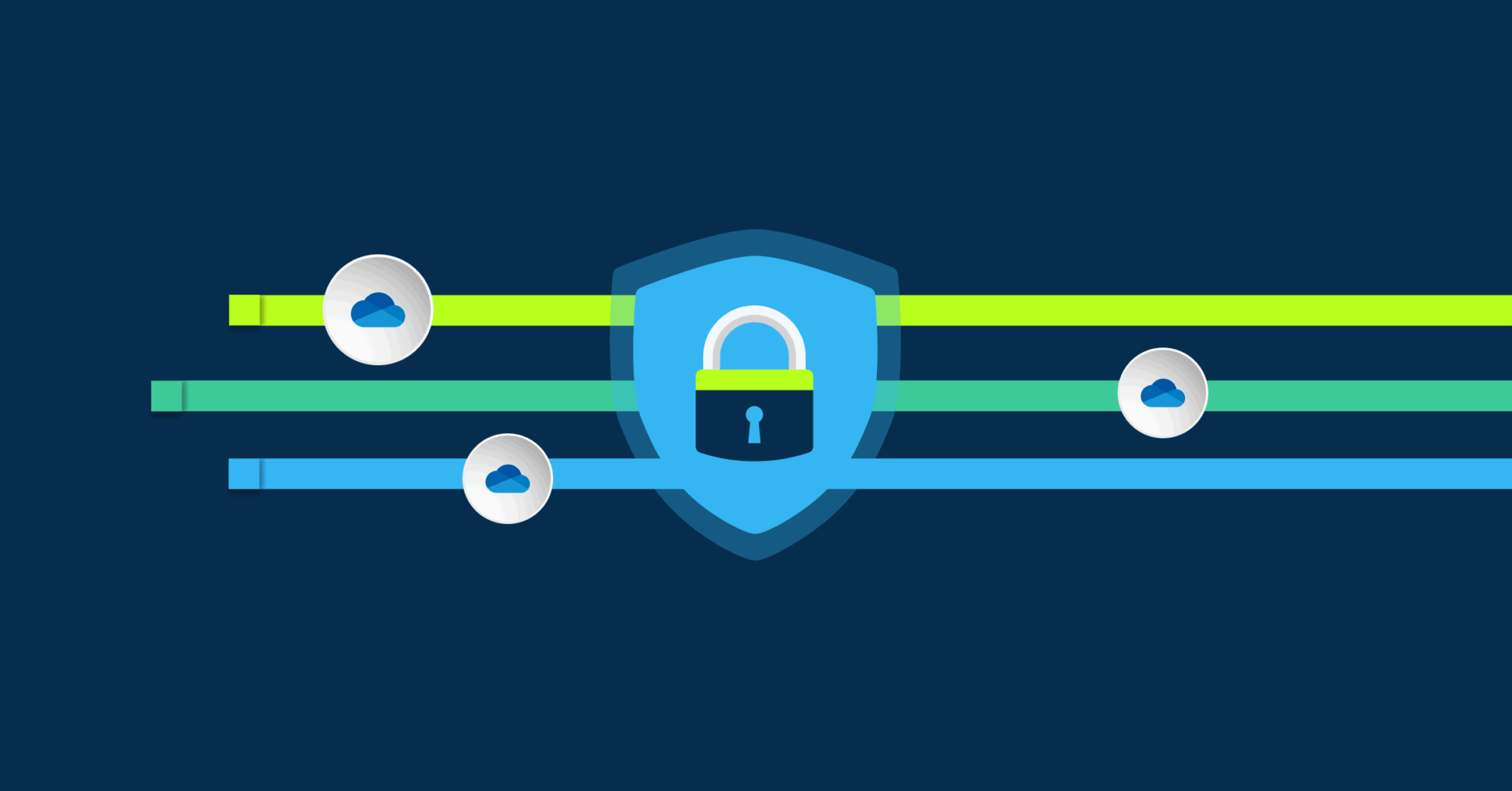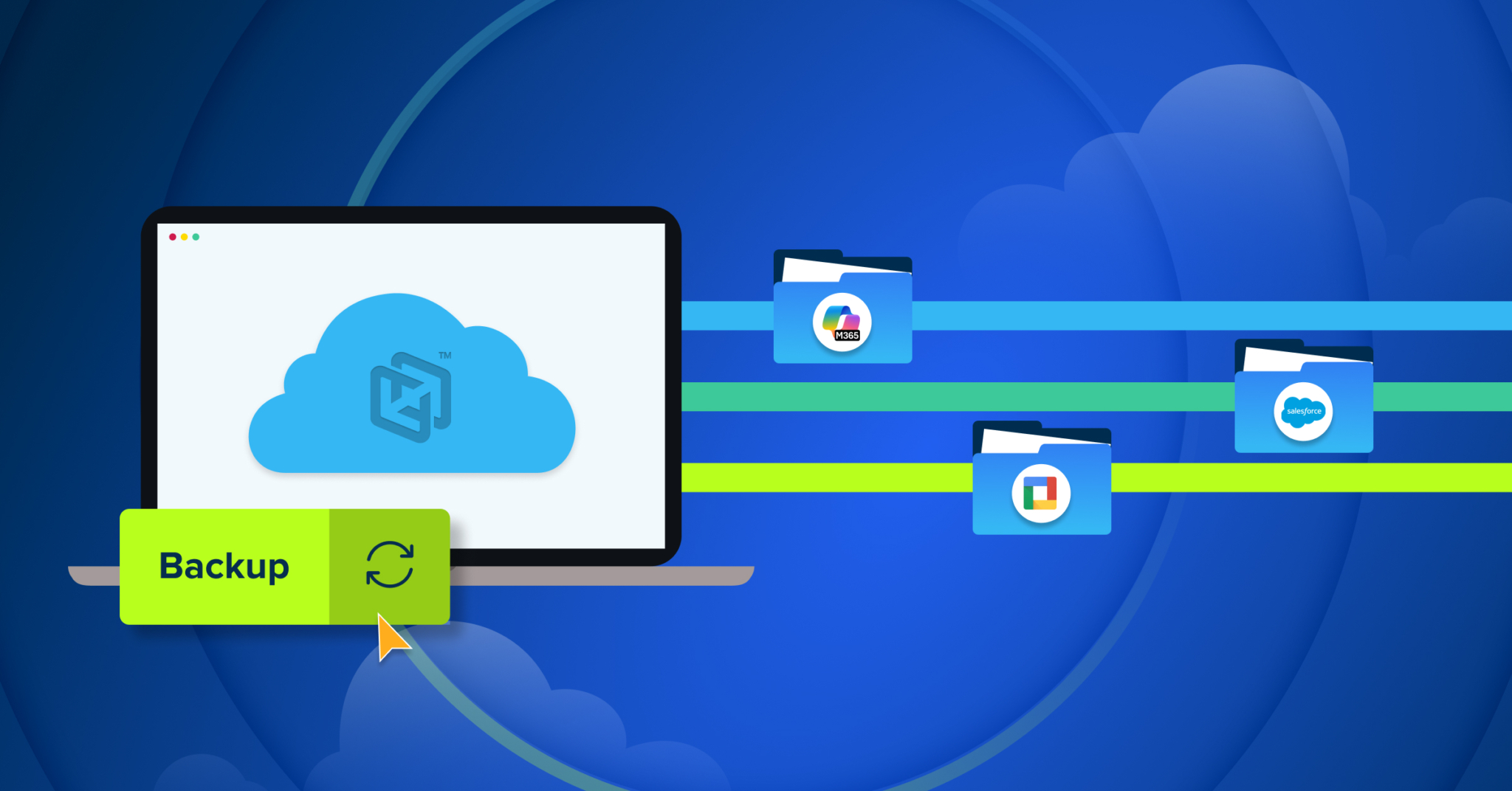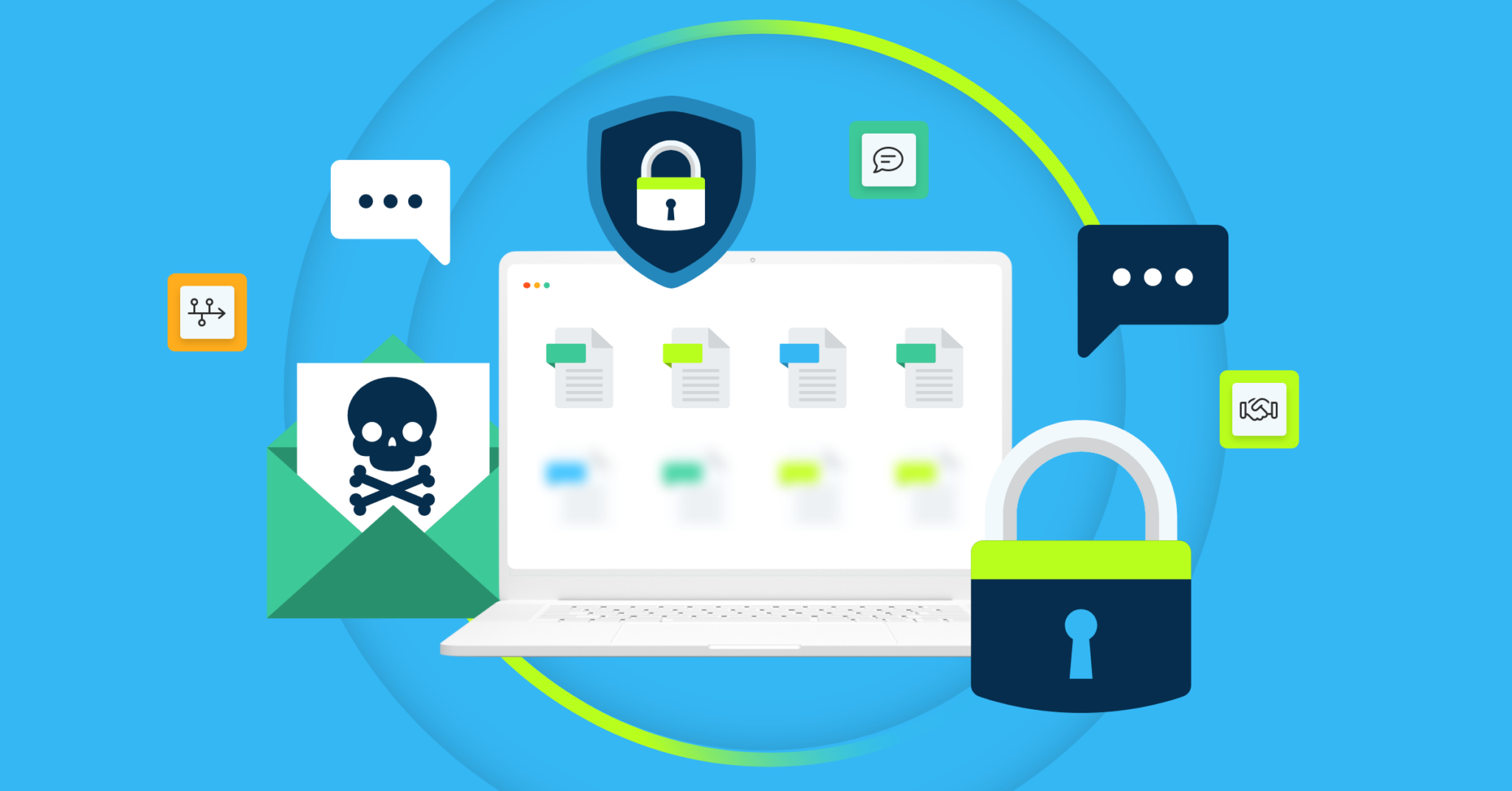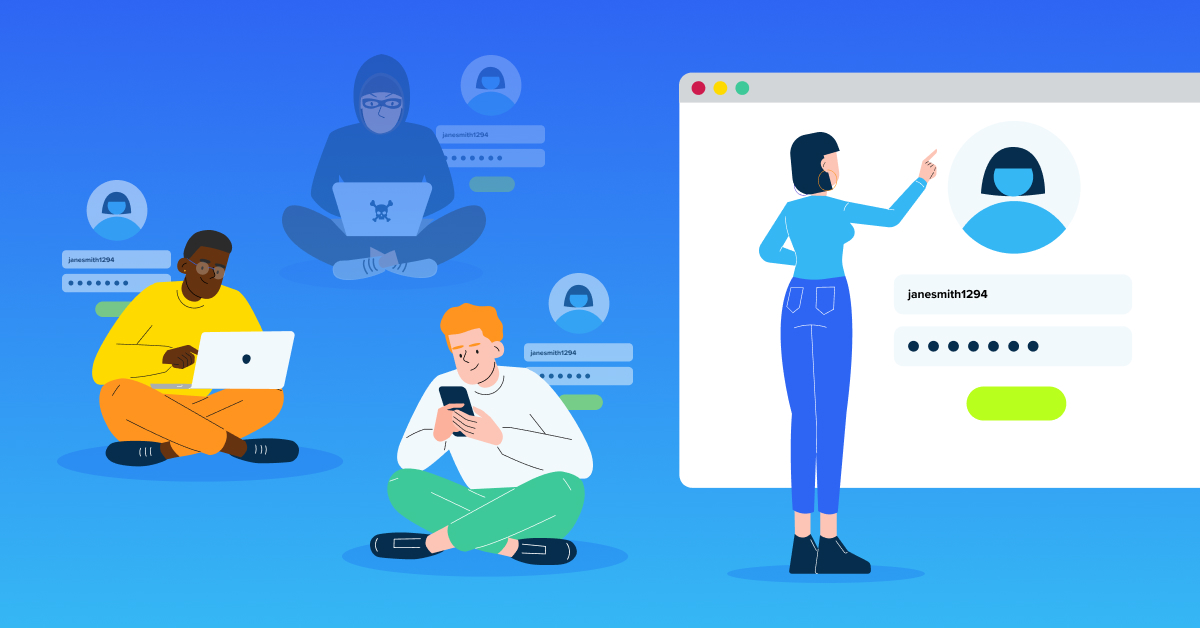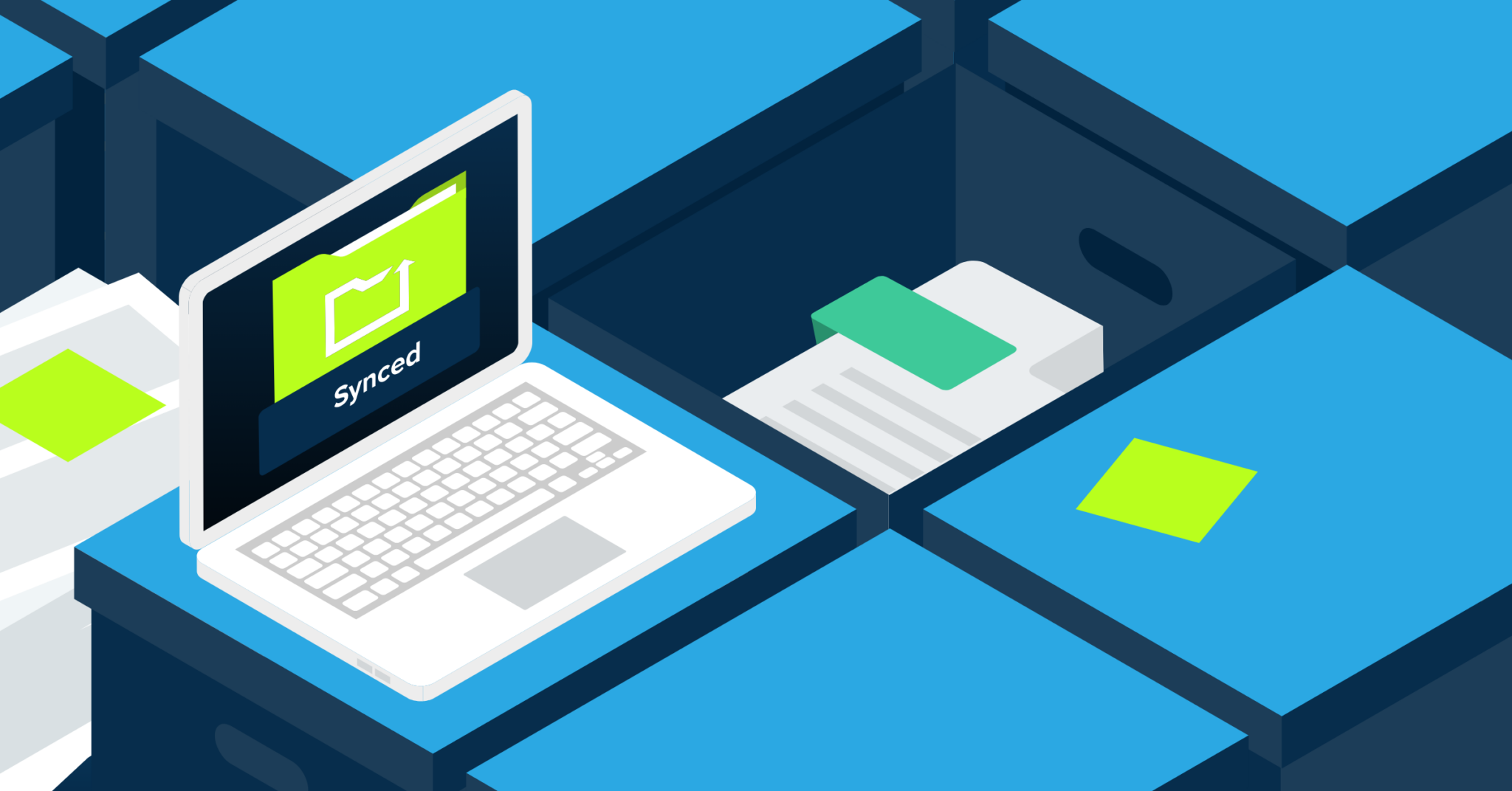
HR and IT departments need to have a plan for offboarding, particularly when departing employees have access to sensitive business data. Whether departing employees have access to product specifications, emails, customer information, intellectual property, or trade secrets, it’s essential to restrict access to this information and back up any key files stored on their devices during offboarding.
With over 20 years in digital marketing and web design, I’ve learned firsthand the importance of backing up key files as employees come and go in your organization. Believe me, a good file backup plan during offboarding can make a world of difference in keeping your operations running smoothly and setting up new employees for success.
Why Is File Backup Important for Employee Offboarding?
Employee turnover is a natural process, and as employees leave your organization it’s important to maintain their valuable contributions and support the employees who must continue their projects. Here are some of the key reasons why I’ve found file backup to be an essential tool to keep company files safe and accessible during employee transition.
The Operational Risk of Data Loss
If an offboarding employee deletes a bunch of data before they leave—or if the data is just unintentionally wiped off their computer—it’s going to cause operational headaches.
More likely than not, that lost information would provide valuable insights to a new, onboarding employee. Just as often, it may be necessary for new employees to even do their jobs.
In my own personal experience, I once started a job as a graphic designer and the company never actually backed up the previous designer’s files. On my very first day, they were about to wipe her old computer’s hard drive and everything would have been lost. I would have had to recreate everything if I hadn’t asked about it and rescued her laptop from the IT guy’s desk.
Unfortunately, many new employees aren’t so lucky.
Employee Transition is Unpredictable
Automatic continuous backup is important for businesses since IT teams don’t know when an employee transition might happen. If you wait to back everything up until the time of offboarding, you’ll often find you aren’t prepared to deal with a number of unpredictable issues.
In the end, it’s best (and easiest) to avoid the stress of trying to remain ready to protect user data at a moment’s notice—whether it’s late on a Friday or over a holiday vacation. With continuous backup, you don’t have to try to back everything up quickly at the time of offboarding.
Because even the quickest responses might still end up being too late.
6 Steps for Protecting Company Data During Employee Offboarding
The best way to ensure you’re prepared for employee offboarding is to ensure you have good data backup processes in place. Review the following six essential steps to correctly back up data so you’re prepared for employee offboarding:
- Retain or restore company files: Before an employee leaves your company, you’ll need to ensure you’re able to retain or restore their files. If you already use endpoint backup software, you’ll likely have already backed up the ex-employee’s files in the provider’s cloud. An endpoint backup solution might also feature legal hold features, which can be very useful if a departing employee has access to sensitive data or if their files are subject to compliance standards. In these cases, you can use this software to place the files into legal hold to ensure they’re preserved after the employee leaves.
- Remove access to applications, devices, and online sessions: With employee files backed up to a secure cloud, you’ll have taken care of a necessary first step in employee offboarding. Once the process begins, you’ll want to deactivate the departing employee’s user profile on any applications your company uses for work. You’ll also want to sign their user profile out of any online sessions or devices, and if you’d like to keep their user profile active following offboarding, you should change their passwords to ensure they can’t reaccess their account.
- Remove access to company networks: If an employee has user permissions allowing them to access your company’s networks or cloud-based services, you’ll need to remove their access to them.
- Change shared account passwords: Many companies have their employees share accounts, which can open the door for data breaches after an employee leaves your company. Make sure your team changes the passwords of any shared accounts an ex-employee used to have access to.
- Update phone or email accounts: If your company likes to keep phone or email accounts active after an employee leaves, it’s important to update the employee’s accounts to prevent them from accessing them.
- Collect company devices: Once you’ve locked the former employee out of any accounts or networks they had access to and backed up their files, it’s time to collect any company-owned devices. For example, access badges, tablets, smartphones, external hard drives, USB sticks, desktop computers, and laptops should all be collected from the employee. Typically, employee offboarding software can help manage this process and identify what devices need to be returned.
Endpoint Backup Solutions With Device Migration & Legal Hold Features
CrashPlan’s endpoint backup solutions are designed to ensure critical business data remains protected during employee offboarding, onboarding, and every other day of the year.
Are you looking for a way to ensure your offboarding employees files remain securely backed-up and accessible? CrashPlan’s device migration can help you restore them on a new device.
Do you need to preserve an offboarding employee’s files for legal or compliance reasons? Use CrashPlan’s legal hold features to comply with standards and preserve electronically stored information from departing employees, preventing accidental data loss.
Learn more about our device migration and legal hold solutions today. If you want to see how CrashPlan can assist with employee offboarding and protect your company’s files, please sign up for our free trial.


